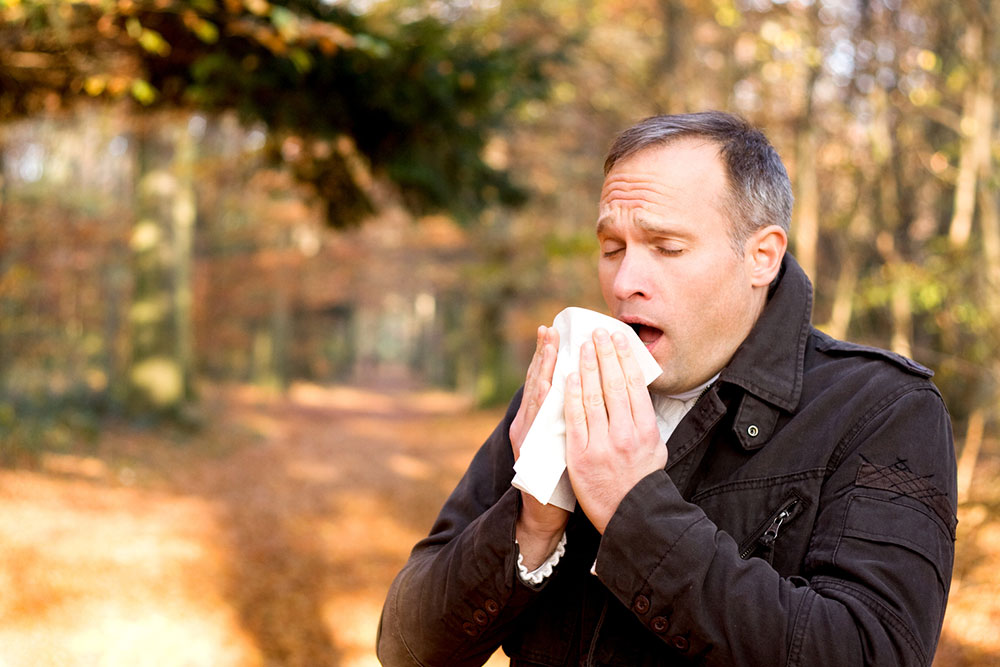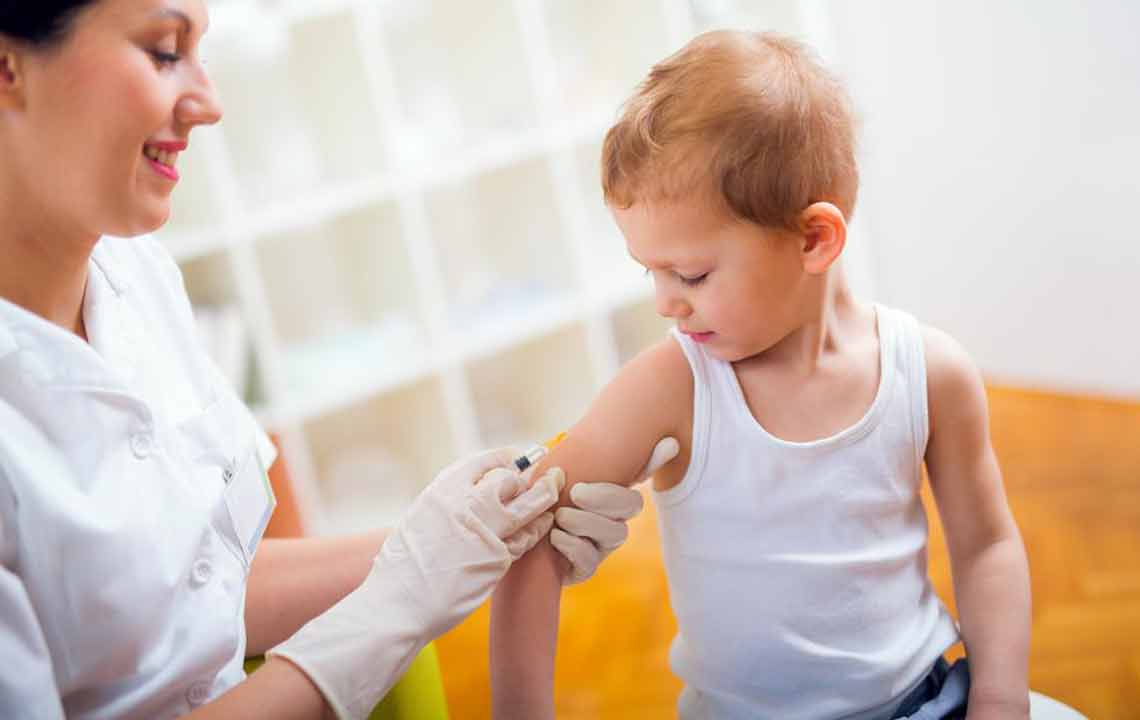Comprehensive Guide to Meningitis: Causes, Risks, and Prevention Strategies
This comprehensive article explores meningitis, including its causes, who is most at risk, how it spreads, and vital prevention strategies. Learn how timely diagnosis and vaccination can save lives and prevent severe complications. The piece emphasizes hygiene practices, early symptoms, and the importance of medical intervention, providing valuable insights into safeguarding oneself and loved ones from this serious condition.

Meningitis: An In-Depth Look at Causes and How to Protect Yourself
Understanding Meningitis: An Overview and Effective Prevention Approaches
Meningitis is a serious medical condition characterized by inflammation of the meninges, which are the protective membranes covering the brain and spinal cord. These membranes act as an essential barrier, safeguarding the central nervous system from infections. However, when pathogens such as bacteria, viruses, or fungi breach these defenses and invade the meninges, the resulting inflammation can have severe health consequences. Prompt diagnosis and treatment are crucial to prevent long-term complications or fatalities. In this comprehensive guide, we delve into what causes meningitis, who is most at risk, how it spreads, potential complications, and effective strategies for prevention.
The Role of Meninges and What Causes Meningitis
The meninges consist of three layers: dura mater, arachnoid mater, and pia mater. Together, they provide physical and immunological protection for the brain and spinal cord. When these layers become inflamed due to infection or other causes, meningitis occurs. Infections are the most common cause, but other factors, including certain medications, cancers, autoimmune reactions, and chemical exposures, can also lead to meningitis.
Who Is Most Vulnerable to Meningitis and How It Spreads
Individuals in close contact with an infected person are at increased risk, especially when sharing utensils, kissing, coughing, or sneezing.
Children under five, teenagers, young adults, seniors, and individuals with weakened immune systems are particularly susceptible.
Environments with high population density such as schools, universities, military barracks, public transportation, and crowded entertainment venues facilitate transmission.
Understanding these risk factors helps in adopting preventive measures to reduce the likelihood of infection. Regular hygiene practices and awareness of transmission pathways are vital.
Severity, Symptoms, and Potential Complications of Meningitis
The severity of meningitis varies depending on the causative pathogen and the individual's health status. Some cases resolve within days or weeks with proper treatment, while others can lead to permanent damage or death.
Without prompt medical intervention, meningitis can result in complications such as hearing loss, vision impairment, seizures, brain damage, kidney failure, or even death.
Early recognition of symptoms like severe headache, neck stiffness, fever, nausea, sensitivity to light, and altered mental state is critical for timely treatment.
Why Identifying the Causes of Meningitis Is Crucial
Knowing whether the meningitis is bacterial, viral, or fungal influences treatment choices and prognosis.
While some home remedies may provide symptomatic relief, only professional medical evaluation can confirm the diagnosis and establish the most effective treatment plan.
Early diagnosis and intervention not only increase the chances of full recovery but also reduce the risk of severe complications.
Common Causes of Meningitis and How They Spread
Meningitis can result from infections caused by bacteria, viruses, fungi, or, in rare cases, parasites. Each has distinct characteristics and modes of transmission:
Bacterial Meningitis: The most severe form, often caused by bacteria such as Neisseria meningitidis, Listeria monocytogenes, Streptococcus pneumoniae, and Haemophilus influenzae. These bacteria can invade the bloodstream and infect the meninges, leading to rapid deterioration without prompt treatment.
Viral Meningitis: Usually less severe and often resolves independently. Common viruses involved include mumps virus, enteroviruses, herpes simplex virus, and others. Viral meningitis spreads through respiratory secretions and contact with contaminated surfaces.
Fungal Meningitis: Although less common, fungal infections such as those caused by Cryptococcus can lead to severe meningitis, particularly in immunocompromised individuals. Fungal spores may enter the body via inhalation, especially in environments with decaying organic matter.
Other causes include certain cancers, adverse drug reactions, allergic responses, and exposure to toxic chemicals, which can also trigger meningitis symptoms.Effective Prevention Strategies for Meningitis
Improve personal hygiene: Regular handwashing with soap and water, using sanitizers, and maintaining cleanliness can significantly reduce transmission.
Vaccination: Several vaccines are available that protect against the most common bacterial strains like meningococcal, pneumococcal, and Haemophilus influenzae type b (Hib). Ensuring up-to-date immunizations is vital, especially for children, adolescents, and high-risk populations.
Avoid sharing personal items: utensils, drinking glasses, and towels can harbor infectious agents.
Strengthen immune defenses: Maintain a balanced diet, exercise regularly, and get adequate sleep to enhance natural resistance.
Special precautions during pregnancy: Pregnant women should avoid unpasteurized dairy products and raw meats that might carry listeria bacteria.
In conclusion, meningitis remains a serious health concern with potential for rapid deterioration if not diagnosed and treated promptly. Understanding its causes, transmission, risks, and preventive measures empowers individuals and communities to take proactive steps toward protection. Staying informed, vaccinated, and practicing good hygiene are crucial components in reducing the incidence and impact of this potentially life-threatening condition.





